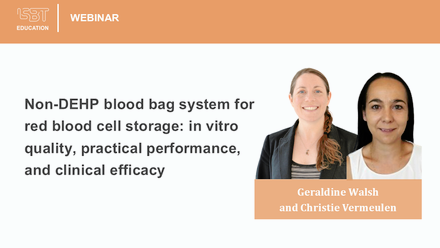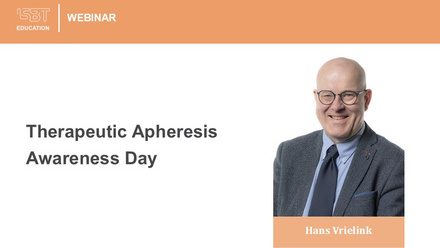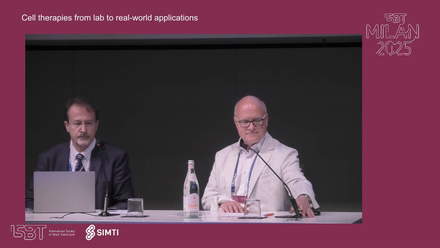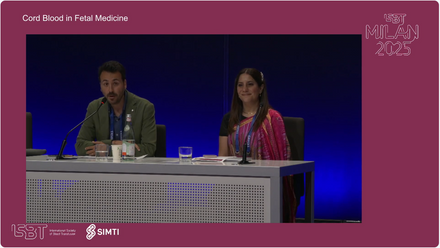Abstract
Background and Objectives
Serum eye drops (SEDs) are used to treat ocular surface disease (OSD) and to promote ocular surface renewal. However, their use and production are not standardized, and several new forms of human eye drops have been developed.
Materials and Methods
The International Society for Blood Transfusion Working Party (ISBT WP) for Cellular Therapies held a workshop to review the current types of eye drops of human origin (EDHO) status and provide guidance.
Results
The ISBT WP for Cellular Therapies introduced the new terminology ‘EDHO’ to emphasize that these products are analogous to ‘medical products of human origin’. This concept encompasses their source (serum, platelet lysate, and cord blood) and the increasingly diverse spectrum of clinical usage in ophthalmology and the need for traceability. The workshop identified the wide variability in EDHO manufacturing, lack of harmonized quality and production standards, distribution issues, reimbursement schemes and regulations. EDHO use and efficacy is established for the treatment of OSD, especially for those refractory to conventional treatments.
Conclusion
Production and distribution of single-donor donations are cumbersome and complex. The workshop participants agreed that allogeneic EDHO have advantages over autologous EDHO although more data on clinical efficacy and safety are needed. Allogeneic EDHOs enable more efficient production and, when pooled, can provide enhanced standardization for clinical consistency, provided optimal margin of virus safety is ensured. Newer products, including platelet-lysate- and cord-blood-derived EDHO, show promise and benefits over SED, but their safety and efficacy are yet to be fully established. This workshop highlighted the need for harmonization of EDHO standards and guidelines.
Highlights
- All eye drops of human origin (EDHO) are classified as medical products of human origin and therefore should have strict oversight with regards to donor eligibility, infectious disease transmission prevention, consistent labelling and traceability. Currently, production, quality indicators and regulatory oversight for EDHO differ among jurisdictions.
- Allogeneic EDHO should be explored as an alternative to autologous EDHO due to greater standardization and consistency.
- High-level evidence (randomized clinical trials) for the use of EDHO remains a priority, especially for allogeneic EDHOs, while reasonable evidence for efficacy of autologous EDHO in the treatment of ocular surface disease refractory to conventional treatment exists.





















